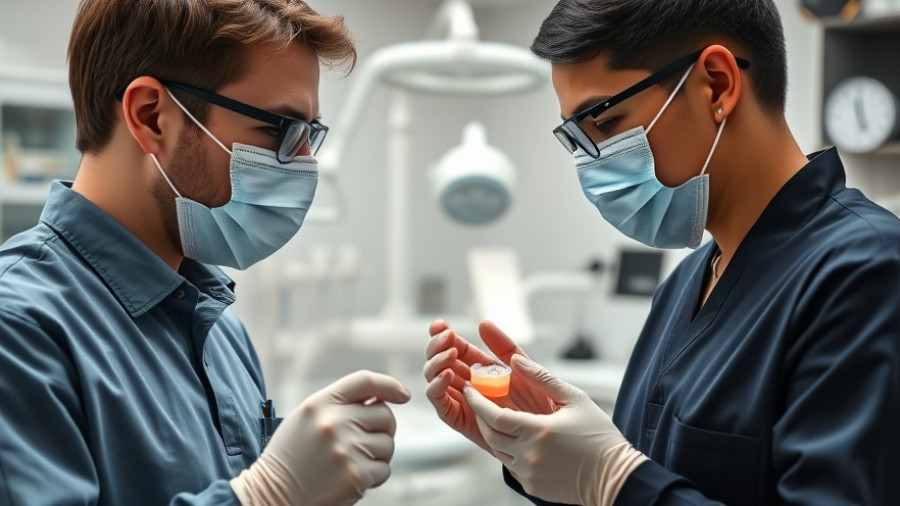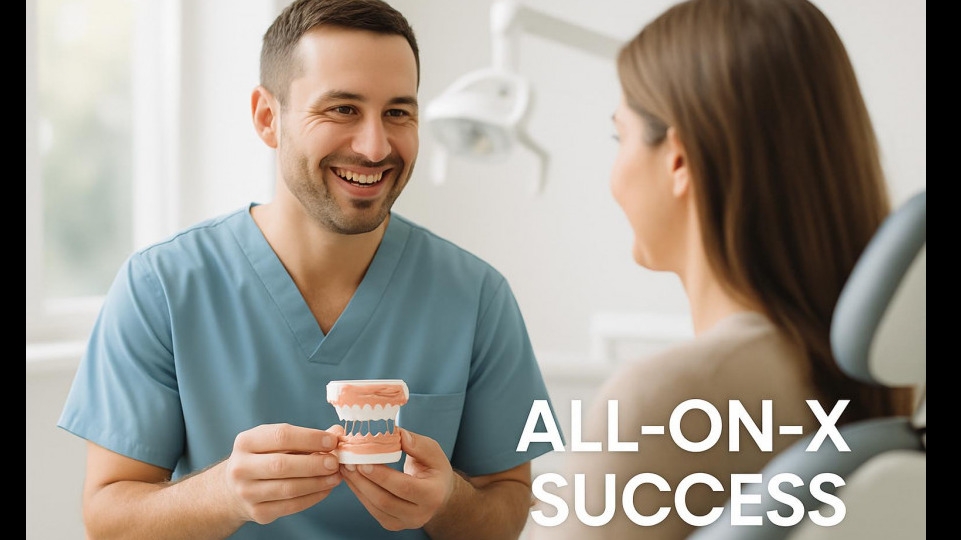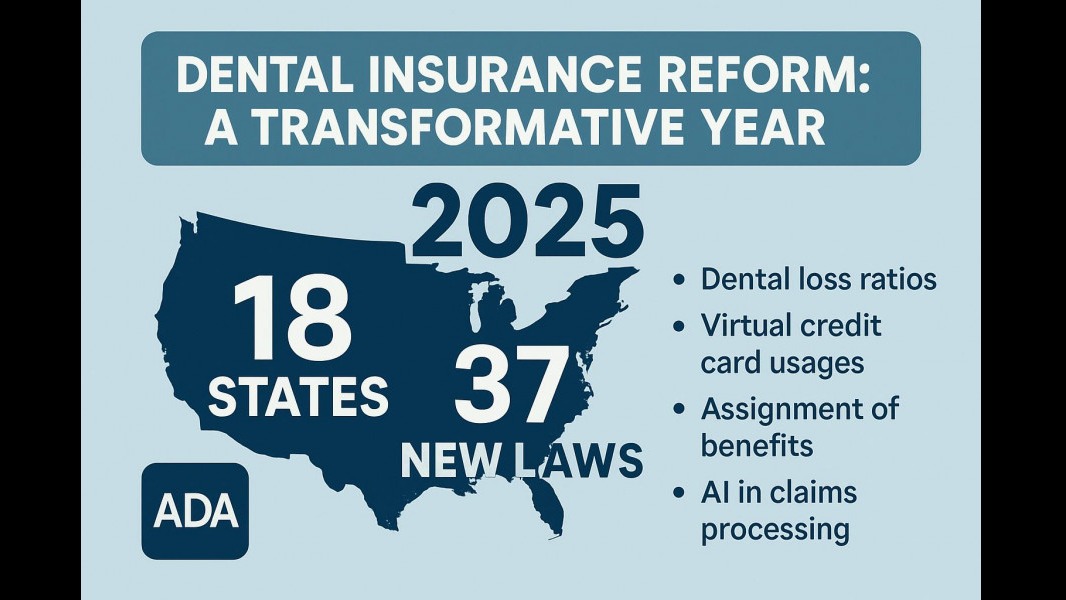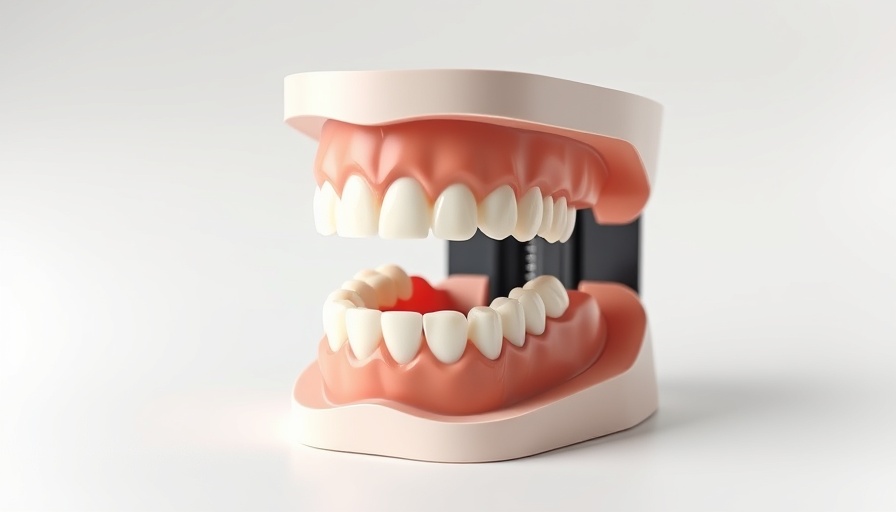
Clear Communication: Key to Dental Lab Success
Dental practice owners like Dr. Emily Johnson know that successful dental restorations often hinge on effective communication with dental labs. Although the in-house options have grown due to advances in technology, the majority of practices still rely on dental laboratories for high-quality prosthetics. Ensuring that the exchange of information is seamless not only streamlines operational workflows but also enhances patient satisfaction and practice growth.
What Dental Labs Really Need From Dentists
The foundation of a successful lab-dentist partnership lies in the quality of the information exchanged. According to Dr. Ahmad Al-Hassiny, there are essential data points that dentists must provide to facilitate predictable outcomes:
Accurate Scan Data: Full scans (upper, lower, and bite) are prerequisites for creating effective restorations. Additionally, pre-preparation scans for smile designs can significantly impact the lab's ability to deliver what is expected.
Clinical Details: Specifics such as tooth numbers, shade, and material choices are paramount. Clear shade photographs, especially under good lighting for anterior cases, will aid the lab immensely in making accurate shade matches.
Patient Appointments: Knowing when the final product is needed keeps the lab on schedule, ensuring timely delivery.
Detailed Instructions: Every restoration comes with its quirks; hence, explicit preferences on design and functionality are crucial.
Many dentists overlook the importance of comprehensive initial data, leading to costly remakes, as noted in a collaborative study by dental professionals. Establishing a checklist based on case type can mitigate these risks, prompting consistency in submissions.
Writing Effective Notes: A Key Component
In addition to submitting proper data, Dr. Johnson should focus on crafting detailed case notes, especially for complex situations. These notes should highlight:
The primary objective (functionality vs. aesthetics).
Relevant medical history affecting design.
Aesthetic and functional preferences, including any potential limitations.
Visual aids are crucial as well. Including reference photos from the patient's natural dentition or images of temporaries allows lab technicians to visualize the desired outcome. Changes made during trial phases should also be documented to ensure all parties remain aligned and the patient’s needs are met.
Constructive Feedback: Building Strong Relationships
Regular, constructive feedback is essential to maintaining a productive relationship with the dental lab. This feedback loop aids in refining processes and ensuring that both parties are aligned. Dentists should articulate:
What aspects of the work were successful to help labs understand preferences.
Areas that require improvement, which will help in making the lab’s future work more aligned with your expectations.
Encouraging open dialogue will promote a culture of continuous improvement, allowing for rapid adjustments and enhanced outcomes.
Embracing Technology for Better Communication
As Michael Anderson highlights, today's dental landscape benefits significantly from technological advancements. Video conferencing tools can bridge the gap when face-to-face visits are not possible, creating new pathways for knowledge sharing. Labs can share insights into their processes, and dentists can familiarize technicians with case nuances through guided discussions.
The digital workflow tools offered by various dental labs also serve to enhance communication by allowing cloud-based sharing of patient data, scans, and treatment plans, creating a seamless flow of information.
Future Considerations: Enhancing Relationships
Looking ahead, both the dental and laboratory fields will need to adapt to increasing demands for efficient and effective communication. Strong relationships are built on trust—trust that grows from transparency in operations. Dr. Johnson can foster strong lab partnerships by being proactive in her communications, inviting technicians to participate in initial treatment planning discussions, and encouraging ongoing dialogue.
As emphasized in articles by Sun Dental Labs and First Choice Dental Lab, improving the onboarding process and maintaining consistent touchpoints between dentists and technicians can lead to more streamlined operations. This investment in communication pays dividends in predictable patient outcomes while minimizing errors and reworks.
 Add Row
Add Row  Add
Add 




Write A Comment